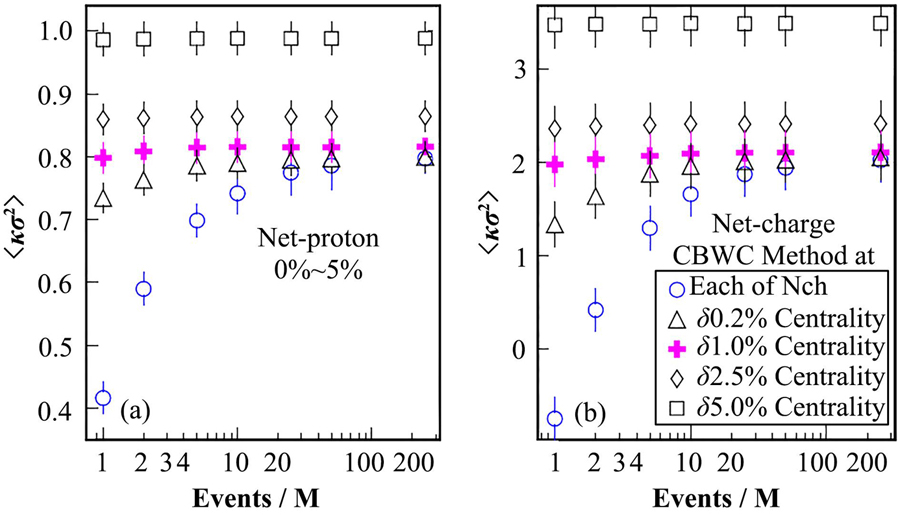Yuanfang WU, Xiaobing LI, Lizhu CHEN, Zhiming LI, Mingmei XU, Xue PAN, Fan ZHANG, Yanhua ZHANG, Yuming ZHONG. Several problems in determining the QCD phase boundary by relativistic heavy ion collisions[J]. NUCLEAR TECHNIQUES, 2023, 46(4): 040006
Search by keywords or author
- NUCLEAR TECHNIQUES
- Vol. 46, Issue 4, 040006 (2023)
Abstract

Set citation alerts for the article
Please enter your email address



